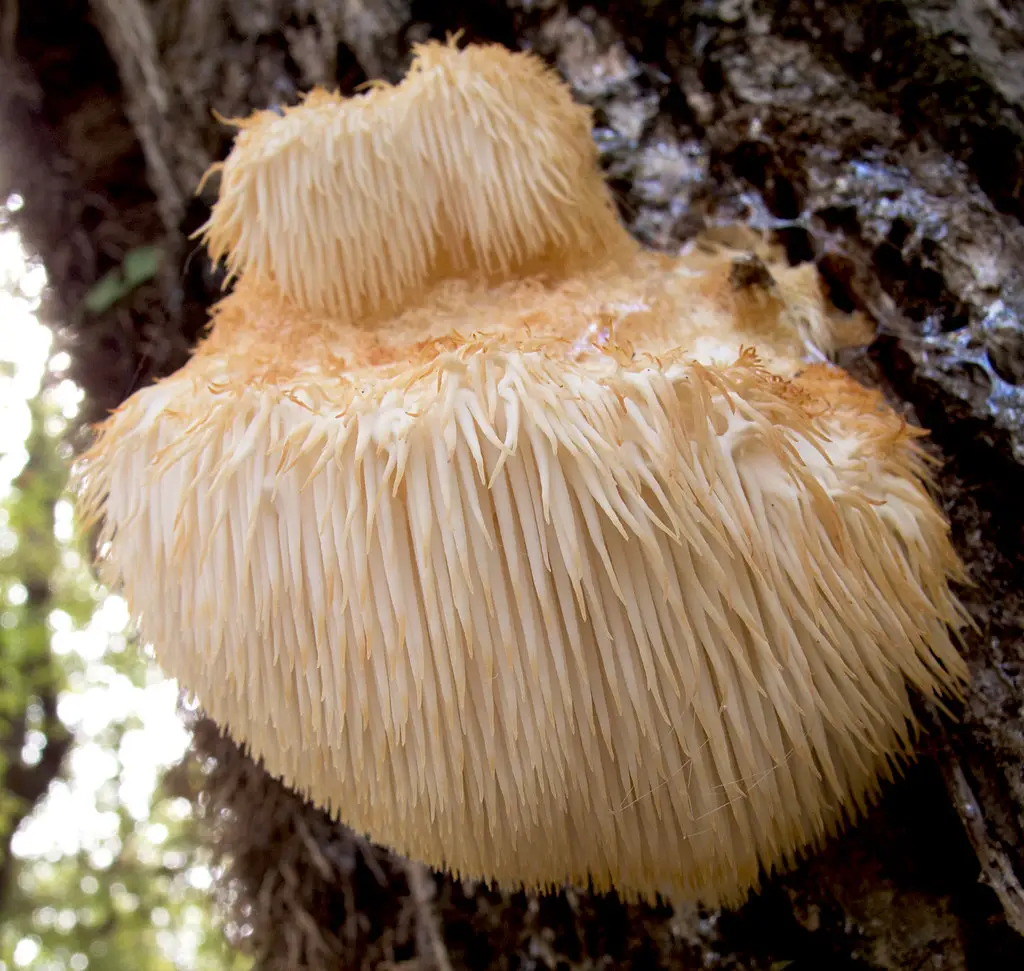Introduction to Medicinal Mushroom Foraging
For hikers who love exploring the rich biodiversity of temperate forests, learning to identify medicinal mushrooms can be both rewarding and beneficial. These fungi have been used for centuries in traditional medicine and are now gaining recognition for their health-boosting properties. Understanding their key characteristics ensures safe and responsible foraging.
Common Medicinal Mushrooms in Temperate Forests
- Reishi (Ganoderma lucidum)
- Identification: Reddish-brown, kidney-shaped cap with a varnished appearance.
- Habitat: Found on decaying hardwood, particularly oak and maple.
- Uses: Supports immune function, reduces stress, and enhances longevity.
- Chaga (Inonotus obliquus)
- Identification: Dark, charcoal-like conk with a cracked surface.
- Habitat: Grows predominantly on birch trees.
- Uses: Rich in antioxidants, supports immune health, and reduces inflammation.
- Turkey Tail (Trametes versicolor)
- Identification: Fan-shaped, multi-colored bands resembling a turkey’s tail.
- Habitat: Grows on dead or decaying logs.
- Uses: Supports gut health and boosts the immune system.
- Lion’s Mane (Hericium erinaceus)
- Identification: White, shaggy, icicle-like spines.
- Habitat: Found on dead or decaying hardwood trees.
- Uses: Enhances cognitive function and nerve regeneration.
Safe and Sustainable Foraging Practices
- Verify Identification: Use multiple sources and consult local mycology experts before consuming any wild mushrooms.
- Harvest Responsibly: Only take what you need, leaving some behind to ensure ecological balance.
- Avoid Polluted Areas: Mushrooms absorb environmental toxins, so avoid harvesting near roadsides or industrial sites.
- Process Properly: Many medicinal mushrooms require drying or decoction to extract beneficial compounds effectively.
Recognizing medicinal mushrooms can enhance your hiking experience, offering both practical and health benefits. With careful identification and responsible foraging, hikers can safely integrate nature’s pharmacy into their outdoor adventures. Always remember—when in doubt, leave it out!

